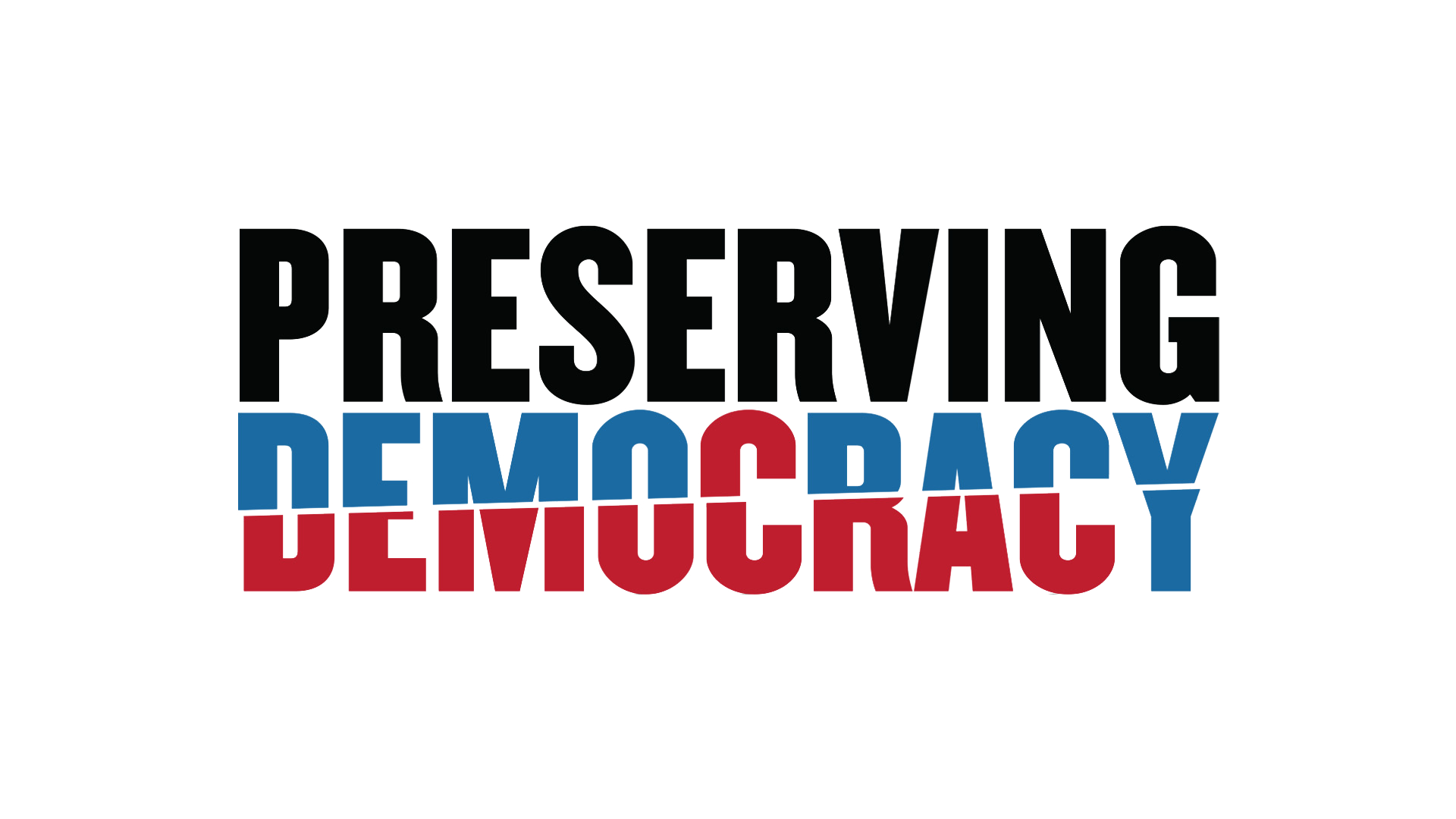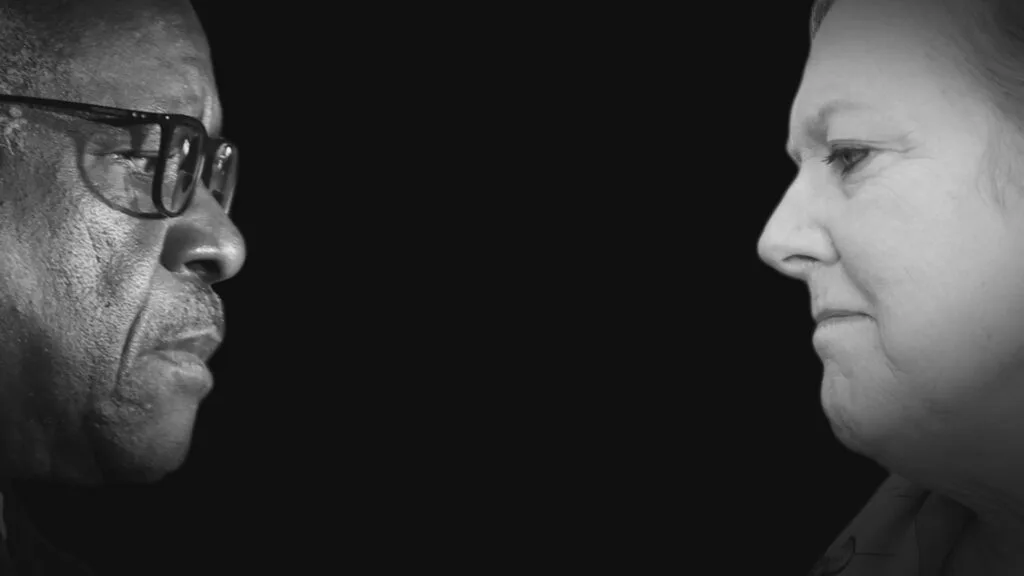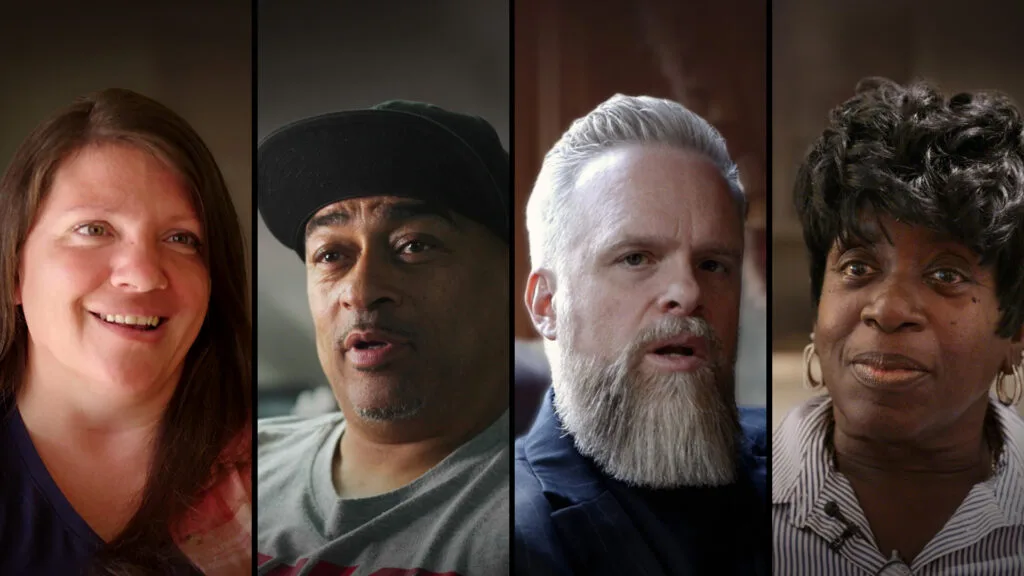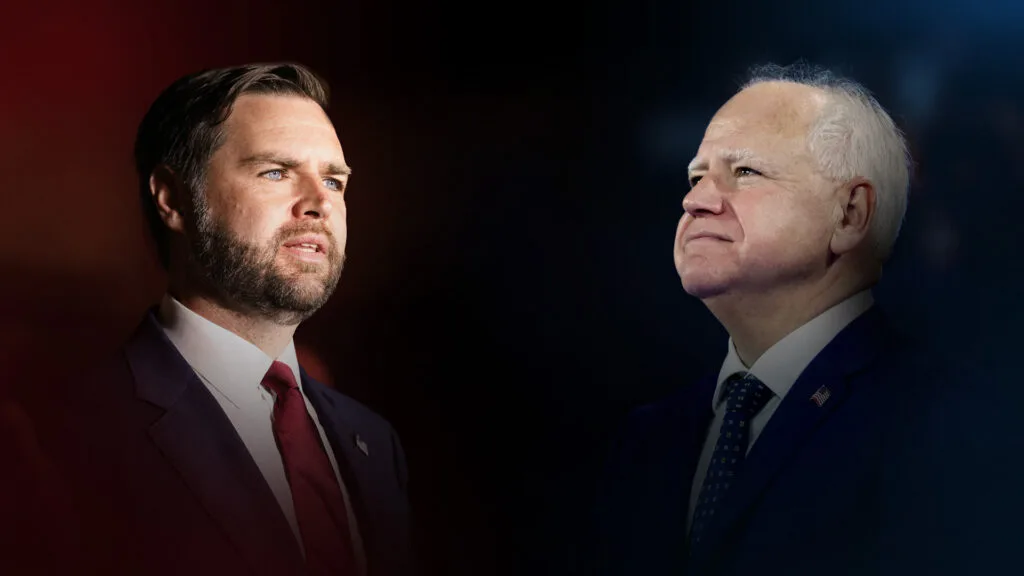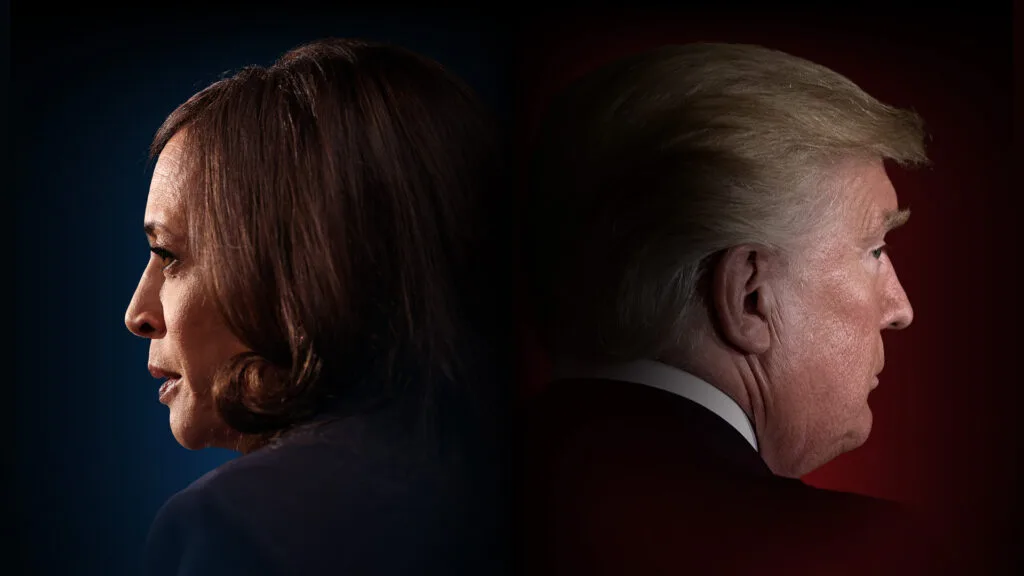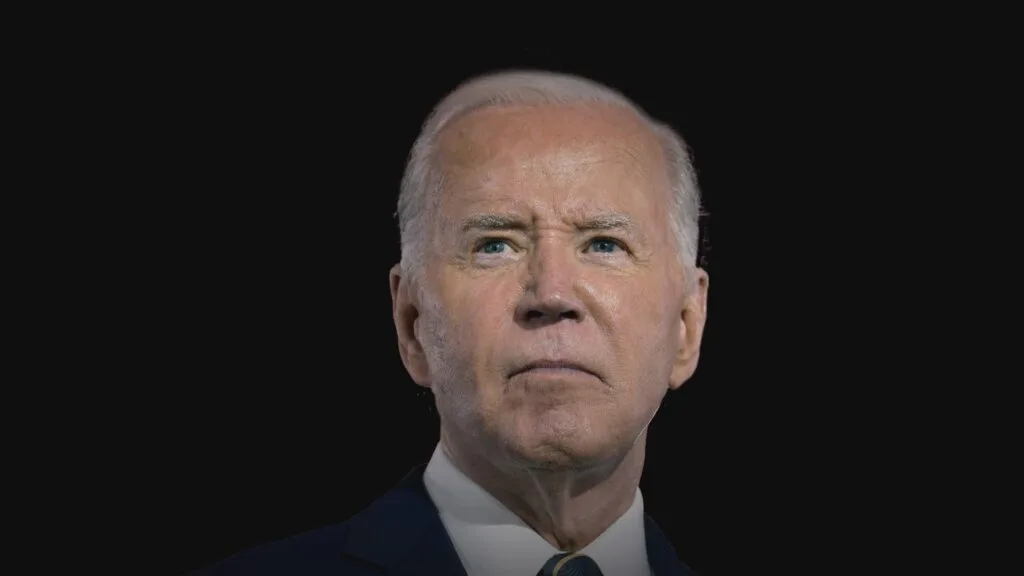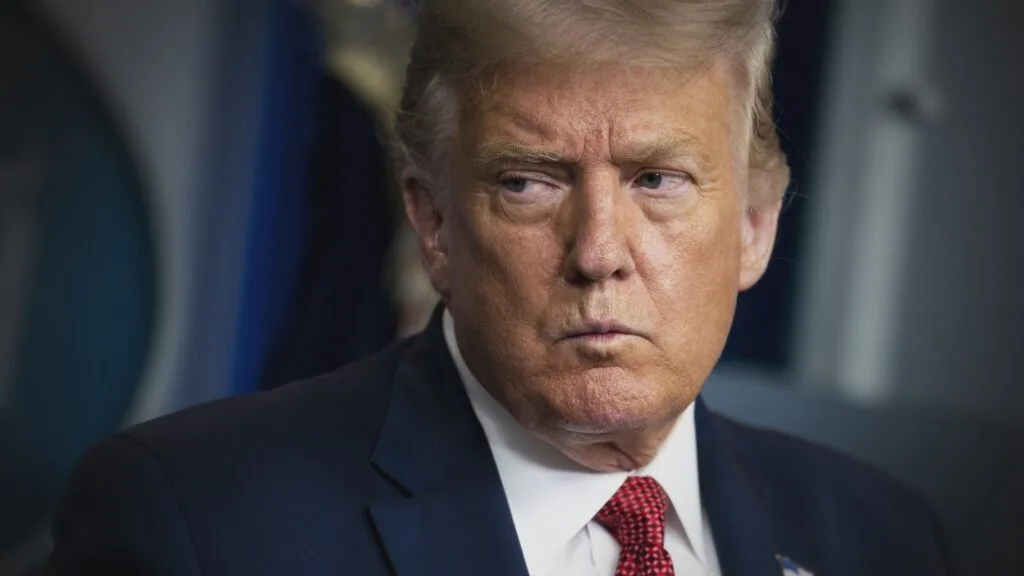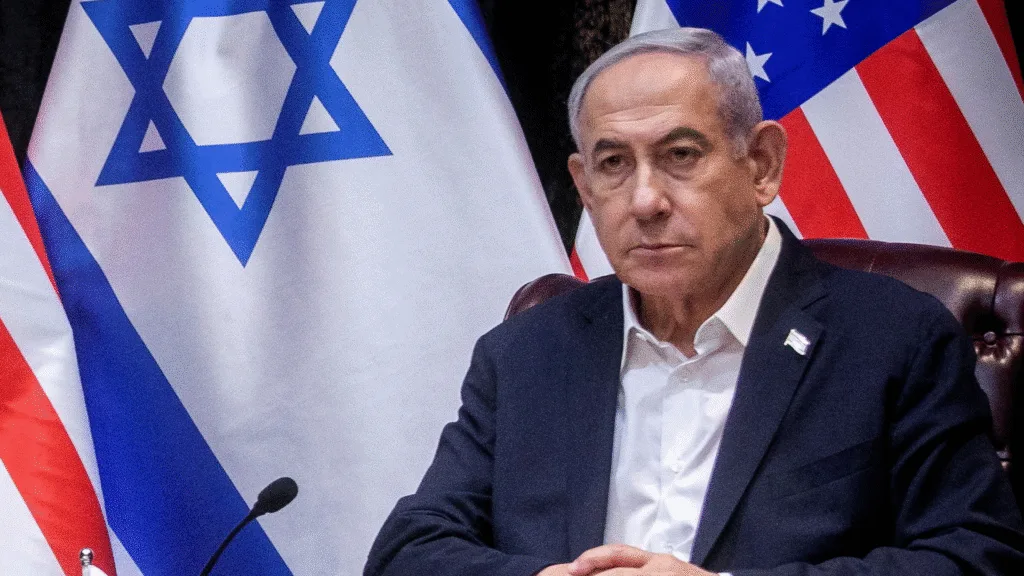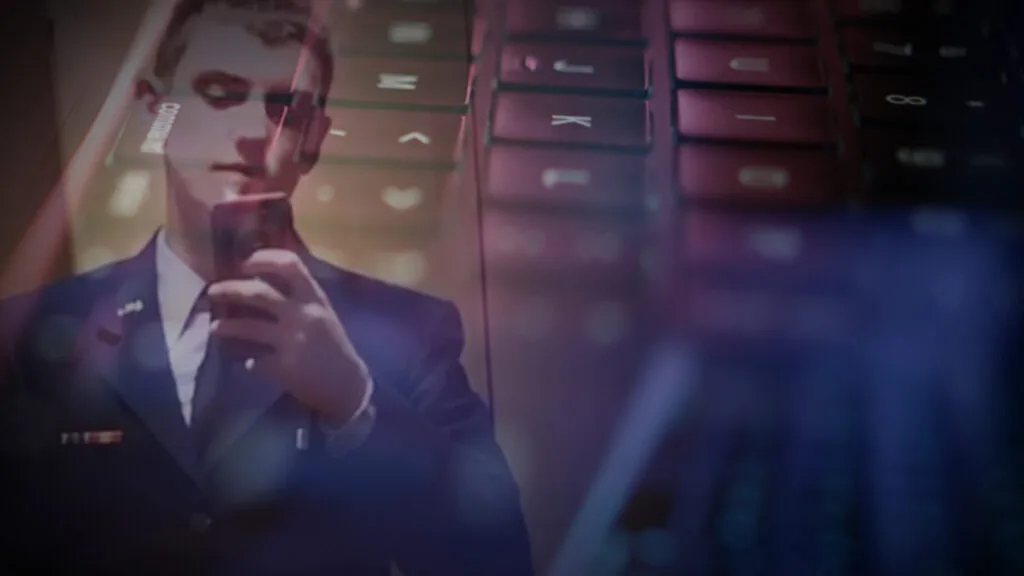‘He’s a Bundle of Contradictions’: Why Clarence Thomas Left the Black Power Movement Behind
May 9, 2023
Share
When Clarence Thomas received a scholarship to the College of the Holy Cross, a private Catholic college in Massachusetts, there were fewer than 30 Black students among more than 2,000 white students.
Thomas had watched the civil rights movement unfold. Martin Luther King Jr. and Robert F. Kennedy had recently been assassinated. And as the above excerpt from FRONTLINE’s new documentary Clarence and Ginni Thomas: Politics, Power and the Supreme Court explores, the Supreme Court justice who is now a stalwart conservative once wrote about his growing anger at racial injustice and his interest in the Black Power movement.
In the excerpt, Thomas’ former Holy Cross classmates say he was “inspired by the Black Panthers.”
“He dressed like them. He talked like them. He had a beret. He had Army fatigues and he had the Army boots,” Gordon Davis, a former classmate, recalls in the above clip.
Thomas had a poster of Malcolm X in his dorm room. He reportedly boasted that he had read all of the activist’s speeches and, at one time, could have quoted some of them by heart. Thomas was not alone in his frustration with racial injustice at the time.
“I had evolved from being hopeful to being pissed off. A lot of young people in America was pissed off,” Orion Douglass, another of Thomas’ former classmates, says in the clip. “And they weren’t seeking a reconciliation, okay? They were seeking a coup, to change the whole thing.”
FRONTLINE’s new documentary, which premiered May 9 on PBS and is available to stream online, tells the inside story of Clarence and Ginni Thomas’ path to power and includes unique insights into the evolution of Thomas’ views on race. From veteran filmmaker Michael Kirk and his team (Putin and the Presidents, Lies, Politics and Democracy), the documentary examines the couple’s stories from formative moments in childhood and defining issues that shaped their lives and ambitions, to their influence over American law and politics and their involvement in recent controversies.
The documentary traces how, during an impoverished childhood, Thomas was subjected to racism in the Jim Crow South and was also cruelly taunted by other Black children because of his darker skin color. Thomas repeatedly reinvented himself throughout his life — including when he entered seminary with a desire to become a priest and then left, disillusioned by the treatment he experienced as one of only two Black students.
The above clip delves into Thomas’ interest in the Black Power movement during the next chapter of his life at Holy Cross — and when his politics started to move away from it. The Black Power movement, which began in the 1960s, aimed to counter white supremacy and systemic racism by emphasizing Black pride and self-reliance. Some groups within the movement embraced Malcolm X’s belief that freedom, equality and justice should be pursued “by any means necessary,” breaking away from the nonviolent tactics advocated by King and other civil rights leaders.
“I don’t know if he had a well-formed political philosophy before he got to Holy Cross. It may be he was simply going along,” Glenn Loury, an economist at Brown University, says in the clip. He recalls of that time: “… The forces of conformity to a sense of outraged fury, resistance, the throwing off of oppression by any means necessary. It was very seductive.”
Thomas’ activism culminated in his junior year, when he joined thousands of students from the greater Boston area who congregated in Harvard Square for an anti-war protest. There were many protests across the country at the time, the vast majority of them peaceful.
That night in Cambridge was an exception. In his memoir, My Grandfather’s Son, Thomas describes it as “a full-scale riot.” News reports at the time said 4,000 students faced off against 2,000 police officers. Thomas writes that officers fired rounds of tear gas into the crowd, but “that didn’t deter us, and we kept on rioting well into the night.” Nearly 200 people were injured in the protest, and 40 students were arrested.
In the aftermath of the protest, Thomas describes feeling conflicted — about who he was and what he stood for.
“I got back to campus at four in the morning, horrified by what I’d just done,” he writes in his memoir. “I had let myself be swept up by an angry mob for no good reason other than that I, too, was angry.”
That moment would prove to be a turning point, and as the documentary goes on to explore, Thomas would set about remaking himself, embarking on a path that would eventually lead to him finding a place in the upper echelon of conservative politics.
“I don’t think anything about Clarence Thomas is simple,” Jane Mayer, co-author of the book Strange Justice about Thomas’ nomination hearings, says in the documentary. “I mean, he’s a bundle of contradictions. And it seems like there’s just always so much inner tension within him. Yes, he was radical like his peers, but not as radical. And he broke with them in various ways. And he’s always breaking with whatever the dominant political trope is. He says, you know, he’s always talking about how he’s not going to do what’s fashionable. He wants to be different.”
For the full story on Thomas’ path to the present moment, watch Clarence and Ginni Thomas: Politics, Power and the Supreme Court. The documentary, which is supported by Preserving Democracy, a public media initiative from The WNET Group, is available to watch in full at pbs.org/frontline, in the PBS App and on FRONTLINE’s YouTube channel:
Clarence and Ginni Thomas: Politics, Power and the Supreme Court is a FRONTLINE production with the Kirk Documentary Group. The director is Michael Kirk. The producers are Michael Kirk, Mike Wiser and Vanessa Fica. The writers are Michael Kirk and Mike Wiser. The reporters are Vanessa Fica and Jane Mayer. The editor-in-chief and executive producer of FRONTLINE is Raney Aronson-Rath.
This story has been updated.
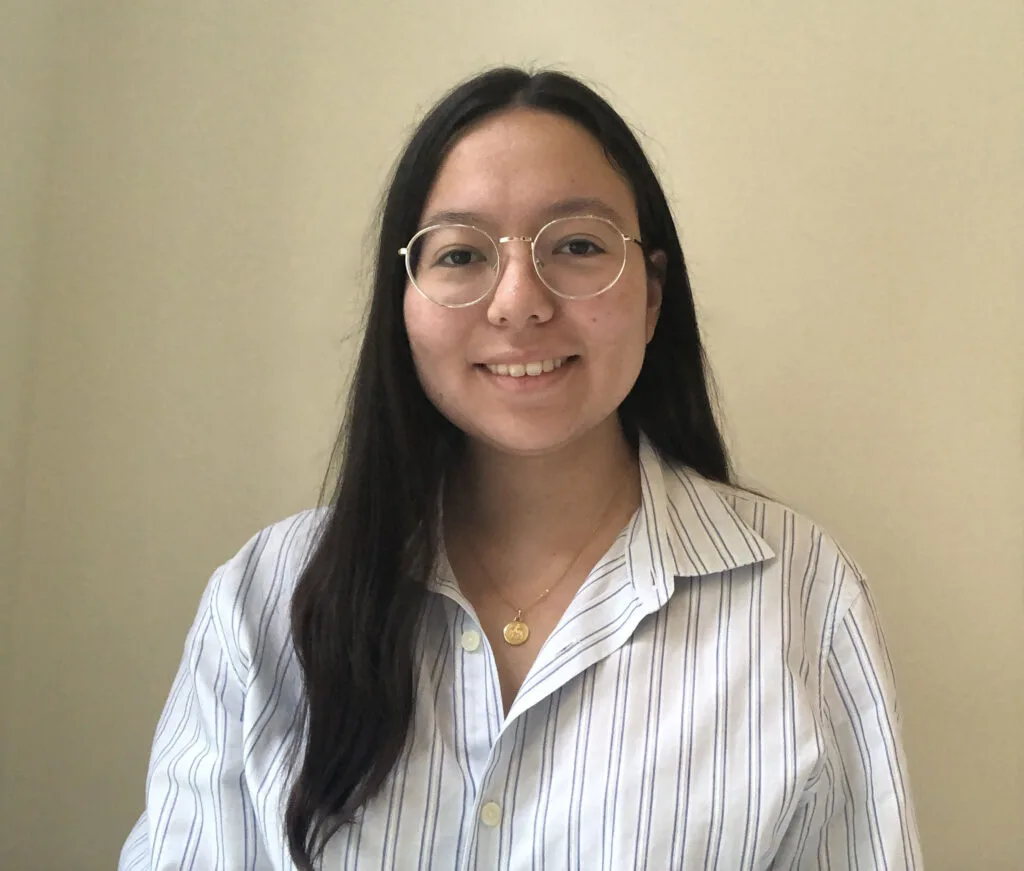
Email:
chantelle_lee@wgbh.orgRelated Documentaries
Latest Documentaries
Related Stories
Related Stories
Policies
Teacher Center
Funding for FRONTLINE is provided through the support of PBS viewers and by the Corporation for Public Broadcasting. Additional funding is provided by the Abrams Foundation; Park Foundation; the John D. and Catherine T. MacArthur Foundation; and the FRONTLINE Journalism Fund with major support from Jon and Jo Ann Hagler on behalf of the Jon L. Hagler Foundation, and additional support from Koo and Patricia Yuen. FRONTLINE is a registered trademark of WGBH Educational Foundation. Web Site Copyright ©1995-2025 WGBH Educational Foundation. PBS is a 501(c)(3) not-for-profit organization.
